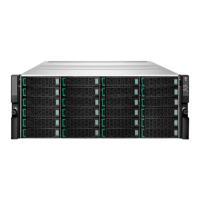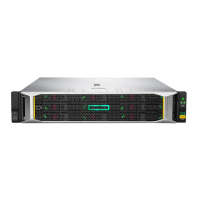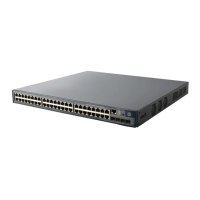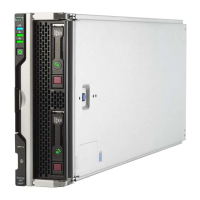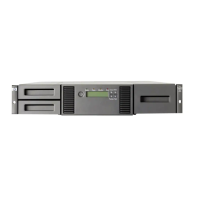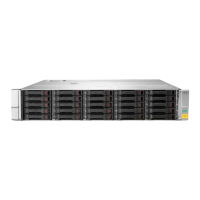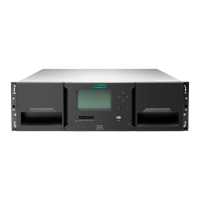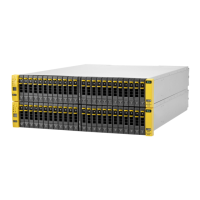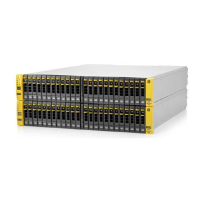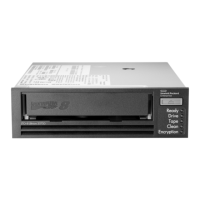Read/Write (R/W)
Read-write access.
Remote Web Console (RWC)
An HPE product. A browser-based program installed on the SVP that allows you to configure and
manage the disk array.
S
SAN
Storage area network. A network of storage devices available to one or more servers.
Secondary volume (S-VOL)
Secondary or remote volume. The volume in a copy pair that is the copy of the original data on the
primary volume (P-VOL).
SVP
Service processor. A notebook computer built into an HP XP7 Storage system that hosts the Remote
Web Console software and used to configure and maintain the storage system. The SVP provides a
direct interface to the disk array and used only by the HPE service representative.
sidefile
An area of cache used to store the data sequence number, record location, record length, and
queued control information.
Shared Memory (SM)
Memory that exists logically in the cache. It stores common information about the storage system and
the cache management information (directory). The storage system uses this information to control
exclusions and differential table information. Shared memory is managed in two segments and is
used when copy pairs are created.
In the event of a power failure, the shared memory is kept alive by the cache memory batteries while
the data is copied to the cache flash memory (SSDs).
SMTP
Simple Mail Transfer Protocol
Smart Tiers
The Smart Tiers are applicable only for the P9500/XP7 disk arrays and configured using the ThP V-
Vols. They ensure that the highly utilized ThP pages are relocated to the fastest drive in the ThP pool.
A maximum of three tiers can be configured.
Snapshot
The snapshot is a business copy volume type that depicts a point-in-time copy of the original primary
volume.
Storage Logical Partition (SLPR)
NOTE: The SLPR component is applicable only for the XP disk arrays. It does not exist in the
P9500/XP7 disk arrays. As a result, the SLPR-related data is not displayed in HPE XP7
Performance Advisor for the P9500/XP7 disk arrays.
The SLPR is a partition of the RAID500 to which the host ports (1 or more) and the CLPRs (1 or
more) are assigned. The SLPR0 will always exist (cannot be deleted). Sometimes, the SLPR acronym
includes an additional word. For example, Storage administrator Logical Partition or Storage
360 S
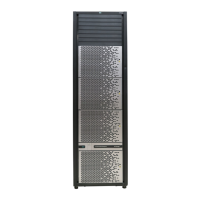
